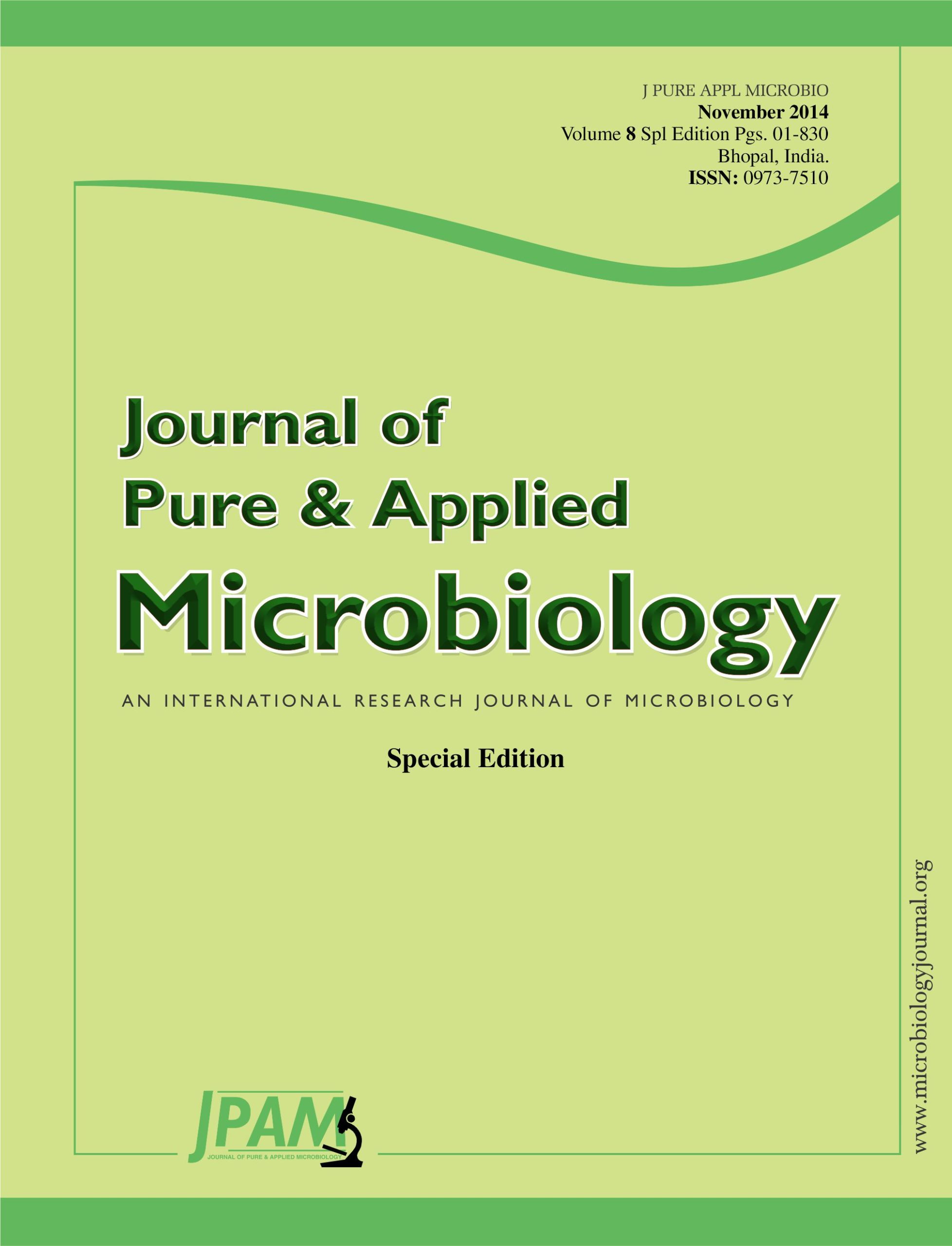In vitro seventeen antagonistic microorganisms were evaluated against phytopathogen Sclerotinia Sclerotiorum by dual culture techniques. After 3 days from incubation, the maximum growth inhibition of the tested pathogen was noticed by Coniothyrium minitans (75.83%) followed by Trichoderma hamatum (63.33%). Also, after 15 days, the highest reduction of mycelial growth of S. sclerotiorum came from C. minitans (91.11%) followed by T. hamatum (85.83%). In case of sclerotia germination, C. minitans and T. hamatum significantly inhibited sclerotia germination with 95.83 and 91.67% reduction, respectively.
Sclerotinia sclerotiorum, White rot, Glicoladium catenulatum, Biocontrol
© The Author(s) 2014. Open Access. This article is distributed under the terms of the Creative Commons Attribution 4.0 International License which permits unrestricted use, sharing, distribution, and reproduction in any medium, provided you give appropriate credit to the original author(s) and the source, provide a link to the Creative Commons license, and indicate if changes were made.


